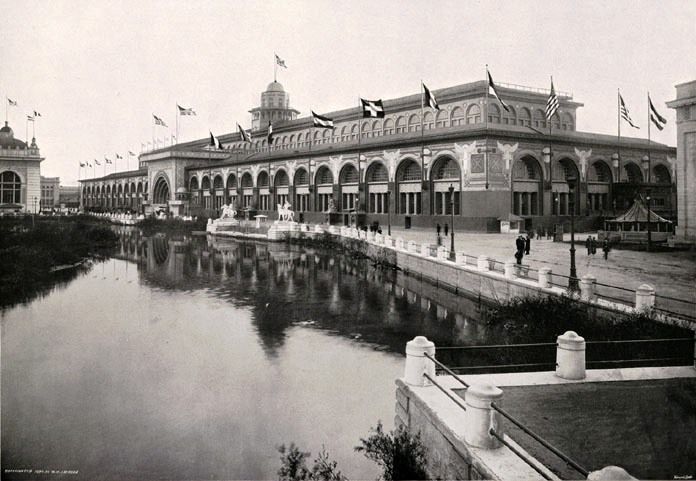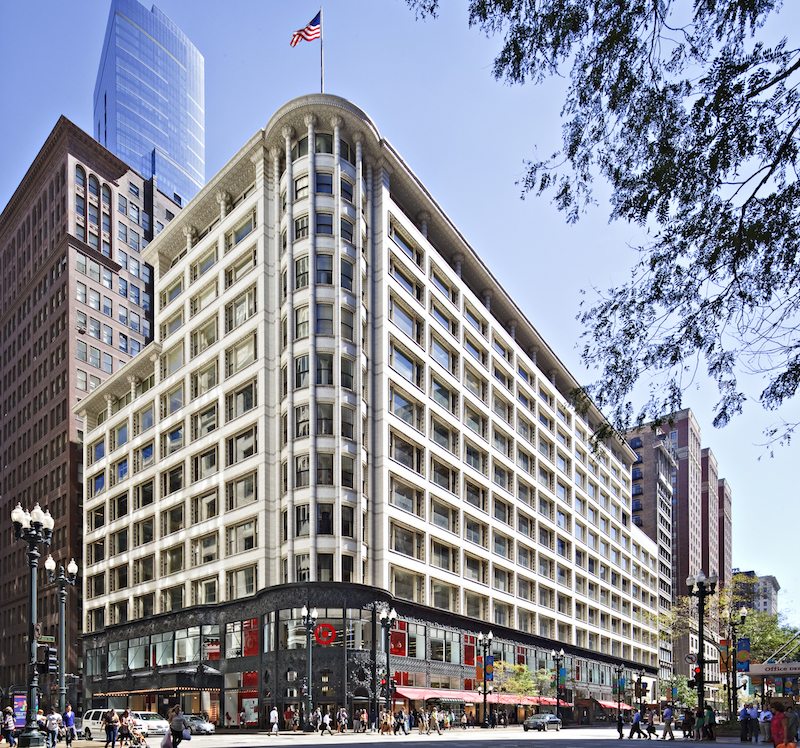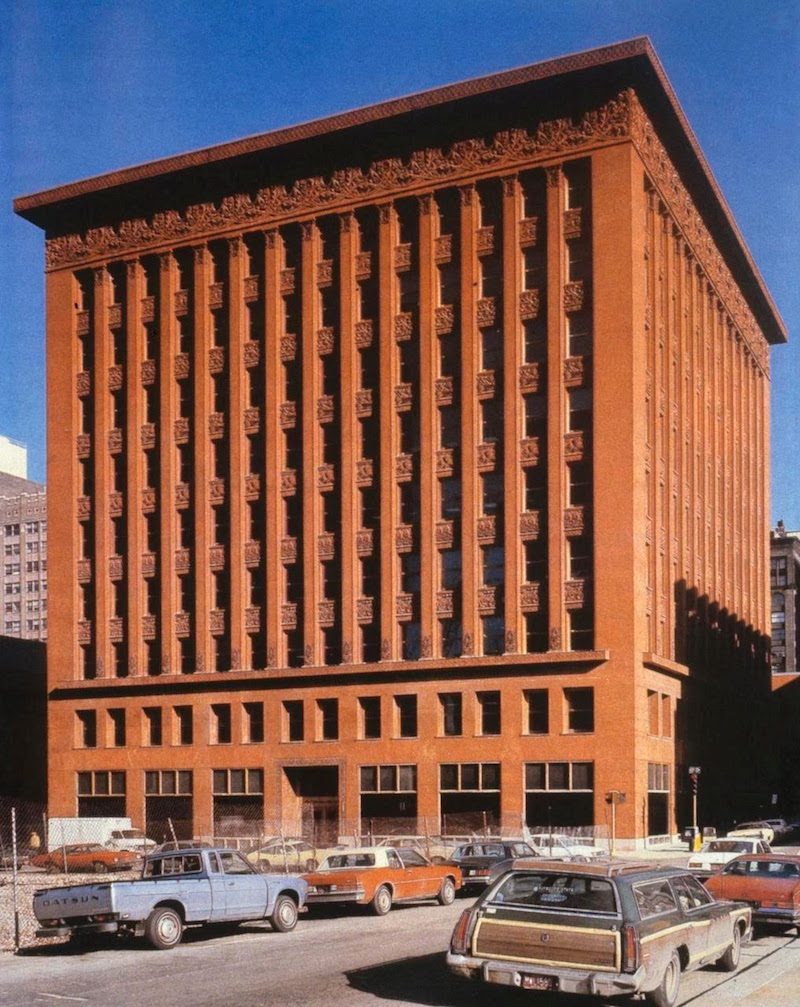Louis Henry Sullivan
Episode #2 of the course “Architects who changed the world”
One of the most famous architects of the 19th and 20th centuries, Louis Henry Sullivan is often referred to as the father of the modern skyscraper. Using innovative new building technology, Sullivan impacted the skylines of America and ultimately the world. Born in Boston, Massachusetts in 1856, Sullivan came to be prominent in his building design with the rise of steel-framed construction—this lighter-weight material allowed Sullivan to design taller buildings full of glass windows. He streamlined building interiors to minimize ornamentation, and thus weight, in his structures. He was known for using elegant archways to create more interior space, light, and softer lines. For interior design, Sullivan often used terra cotta to decorate his buildings because it weighs less and makes beautiful indoor sculptures.
 Transportation Building
Transportation Building
 The Sullivan Center
The Sullivan Center
A founder of the famous Chicago school of architecture, Sullivan graduated from the first US architecture program at MIT. After earning acclaim for his Buffalo, New York “Guaranty” building, Sullivan became a sensation with his Transportation Building. He made the most impact in Chicago, continuing his long career by contributing to the city with his Schlesinger and Mayer store, which is now known as the Sullivan Center. Other wonders such as the Wainwright Building survive, while many, like Sullivan’s Grand Opera House, have been demolished.
 Wainwright Building
Wainwright Building
Perhaps one of Sullivan’s most subtle contributions to architecture is in his impact on the theory of it. Coining a popular phrase for the 20th century, Sullivan inspired not only architects but engineering professionals in general. New fields of ergonomic design and the study of objects in the modern world have been essentially shaped by Sullivan’s idea that “form follows function.” This approach to design has also been adapted by biologists, botanists, zoologists, and physiologists for studying and analyzing the design of organic structures.
Share with friends

